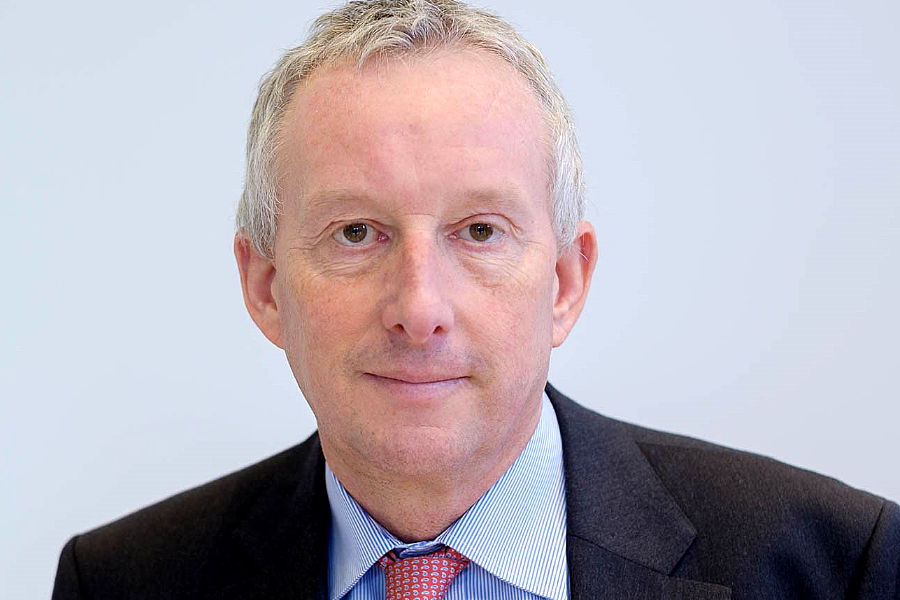
Degroof Petercam’s head of buy side dealing and market structure explores the ESG journey, what it means for traders’ careers and wellbeing, and why firms can no longer ignore the issue.
What are the challenges when trying to integrate something so new into established processes?
Initially, the image of a traditional trading floor may seem very far away from an ESG driven setup. A few ‘cliché’ examples: Energy consumption, large trading floors, lights, air conditioning, many screens, big data centres. Additionally, long working hours without flexibility are not aligned with wellbeing concepts and is not the best in class in terms of gender diversity. And what about business travel, jumping on planes for short trips?
So yes, ESG at first may sound like a controversial topic and not something one needs to consider regarding trading activity. However, there are plenty of opportunities to integrate ESG topics and criteria in a trading setup. It is only logical. More and more asset managers are well engaged in their ESG journey, and the same goes for financial institutions. Hence, trading floors or trading activities need to start their ESG journey since they are part of a larger organisation moving this way – and fast.
Challenges always exist when you try to integrate something new into established processes. The same applies to ESG integration into trading activities.
What is impeding progress in integrating ESG frameworks into trading processes?
It is more a combination of factors rather than a few individual concerns. On the one hand, it is something new, and it may not seem straightforward at first. Culture needs to evolve in this direction, and this takes time. You also have several external constraints. Technology and big data sit at the centre of trading activity, and this is often perceived as a hurdle. It is important to mention the opening hours of European exchanges. They are on average open two hours longer than the US market, for a fraction of the turnover, and with a high concentration of volume on the close. Reducing those market hours to an international standard would facilitate the integration of several ESG topics. The most obvious positive impacts are around mobility, wellbeing and diversity.
What progress has been made?
The biggest achievement so far is awareness. And this is already a major step. In other words, this means that the journey has started and that ESG is now effectively part of the roadmap. The speed of ESG integration still varies a lot across trading firms, but those topics are no longer ignored. Gradually, you are hearing more about the need for green data centres, new governance, the impact on recruitment processes and some wellbeing drivers, a change in travel habits, paper consumption, and much more. The best proof of progress is that ESG is now top of the agenda during leading trading conferences and present in discussions among the different actors.
The industry is ensuring ESG is higher on its agenda and is seeking to improve business practices. Beyond regulatory obligations, the pace of change is driven by the demands of shareholders, customers, employees and other key stakeholders.
What will the benefits be to firms that integrate ESG into their trading processes?
Firms will be better places to work, and this will have a positive impact on society. One clear benefit will be on the recruitment side, with higher diversity making teams stronger. Since I expect ESG to become an essential selection criterion, firms with a strong ESG footprint will stand out and be among the winners of tomorrow. And rapidly, firms will also realise that this ESG journey is an important asset to their trading activities.
In a few years’ time, we will look back and collectively wonder why this journey didn’t start earlier and we will realise that most perceived hurdles were not that difficult to overcome after all.
What technologies are firms utilising to implement ESG frameworks into their trading processes?
I do not think we should focus on technologies to implement ESG frameworks into trading processes. The ESG journey is much broader, and success will depend on the ability to act on various fronts.
©Markets Media Europe 2024
